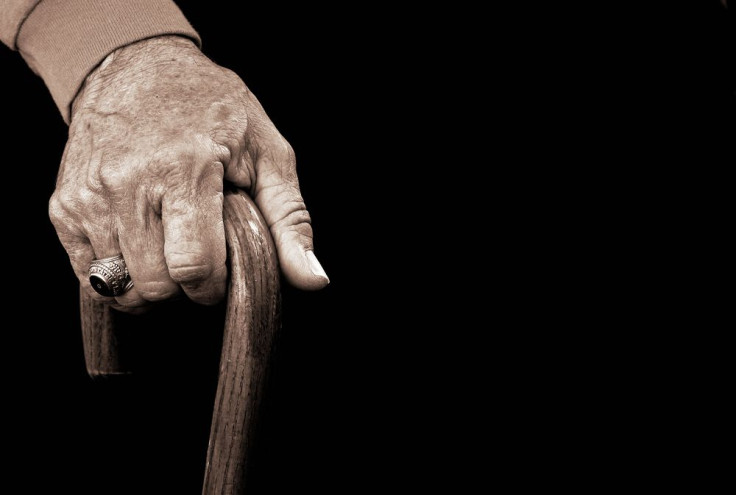'Chemical Signaling' Could Cure Osteoarthritis, Joint Pain By Simulating Exercise

Targeting a biological signaling channel may relieve osteoarthritis and other joint-related complications by “working out” cartilage, a biological substance that has so far been notoriously difficult to stimulate and regrow.
Articular cartilage is a type of flexible connective tissue that allows smooth movement of our hips, knees, shoulders, and other joints. Breakdown resulting from injury or overuse can lead to osteoarthritis — a debilitating wear-and-tear condition characterized by joint pain, tenderness, stiffness, and loss of flexibility. Unfortunately, such complications are often permanent, as cartilage is extremely difficult to repair.
Restoring Cartilage
Dr. Farshid Guilak, Laszlo Ormandy professor of orthopaedic surgery at Duke University and senior author of the new study, said in a press release that the research effort focuses on TRPV4 — a so-called ion channel that connects mechanical loading and cartilage growth. Essentially, this channel carries signals that “translate” physical activity to actual tissue gains. "Mechanical loading plays a critical role in the overall health of the cartilage," he said. "If we can figure out how cartilage cells sense mechanical loads, we can trick them into thinking they are being exercised or stop them from responding to abnormal loading. Think of it as artificial exercise for your cartilage."
The study, which is published in the journal Proceedings of the National Academy of Sciences, shows that this biological “ruse” can be performed by introducing a chemical posing as real physical strain. By giving TRPV4-activating chemicals to cartilage cells taken from pigs, the researchers were able to initiate cartilage growth otherwise associated with exercise. Conversely, when they blocked the ion channel, no growth was observed — even when the team “exercised” the cells with actual mechanical loading.
Alleviating the Burden of Joint Disease
Today, osteoarthritis is our most common form of arthritis. The condition, which is usually brought on by injury or physical strain, currently affects around 27 million U.S. adults. The Centers for Disease Control and Prevention (CDC) estimates that, by age 85, half of all Americans will report symptoms associated with the chronic condition.
The current study adds to the growing series of new potential therapies for osteoarthritis. In another study published earlier this year, researchers from the University of Nottingham show that a synthetic cannabinoid molecule may help reduce joint pain. These research efforts stand to improve and diversify treatments for an often marginalized group of patients.
Christopher O’Conor, doctoral candidate at Duke University and lead author of the current study, hopes that the findings will illuminate an entirely new approach to the condition. If the results can be reproduced in human cartilage cells, osteoarthritis could soon go from chronic condition to curable ailment. "Our next step is to see if this synthetic 'exercising' technology works on human cells that could be used to regrow new human cartilage," he concluded.
Published by Medicaldaily.com



























